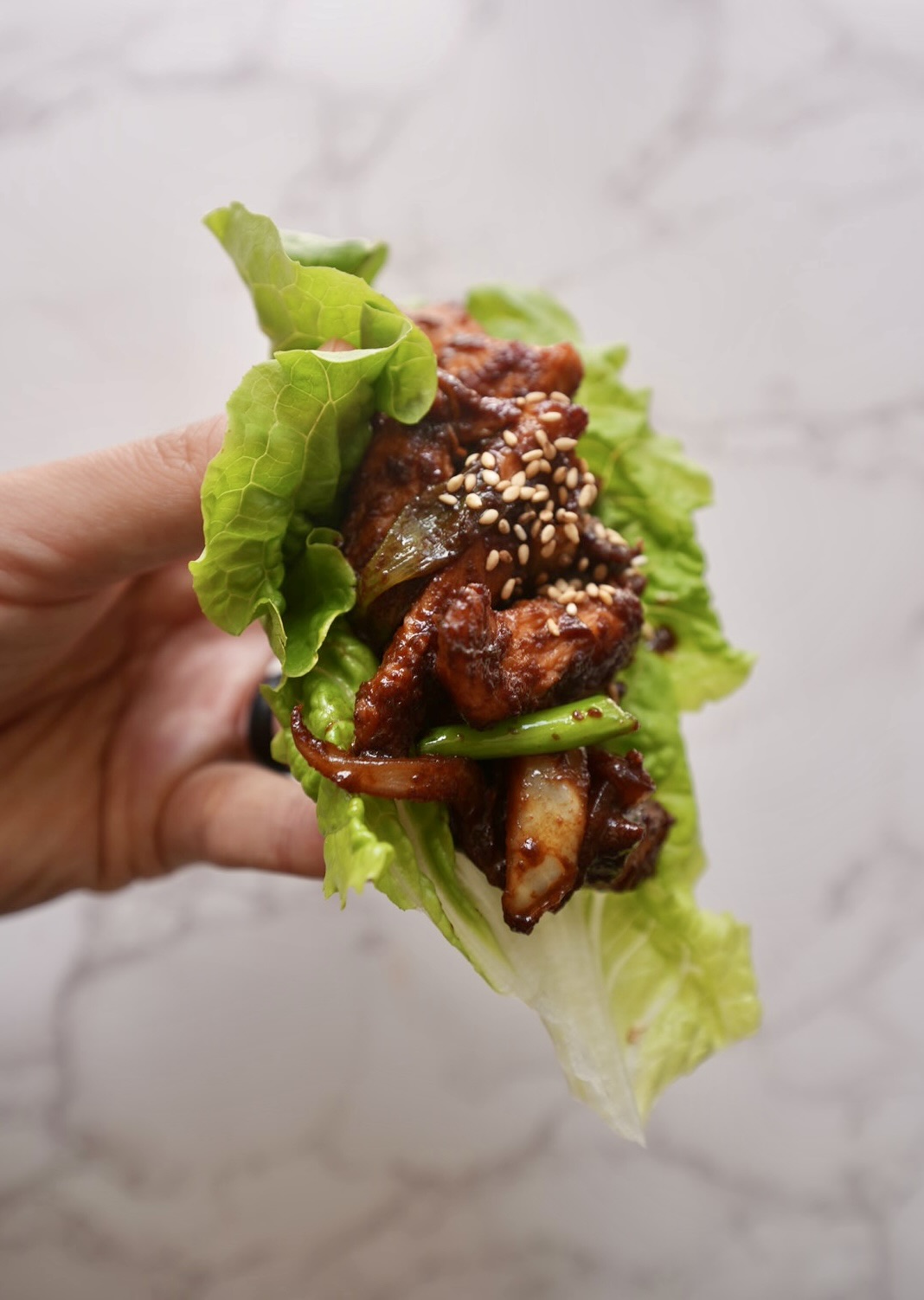
My Easy Spicy Korean Chicken Bulgogi is a bold, flavorful dish that hits all the right notes: savory, spicy, and slightly sweet. Plus, depending on how spicy you like it, you can adjust to your preferences.
The star of this dish is the marinade. It’s slightly non-traditional, while still maintaining Korean flavors. A blend of soy sauce, mirin, and toasted sesame oil gives it a savory base, while sugar adds a touch of sweetness to balance the heat. Gochujang (Korean chili paste) brings spice and depth that sets this chicken apart.
Traditionally made with thinly sliced beef, bulgogi takes on a delicious twist when prepared with tender pieces of chicken, marinated in a vibrant sauce packed with classic Korean ingredients. It’s a fantastic weeknight dinner option that feels a little special but comes together with minimal effort. If you’re interested in my Beef Bulgogi recipe, I’ve linked it below:
Once marinated, the chicken can be grilled, pan-fried, or cooked under a broiler – whatever suits your setup!
Serve it over steamed rice with some sesame seeds and scallions, wrap it in lettuce with a bit of kimchi, or tuck it into a rice bowl or noodle dish. However you enjoy it, this Korean chicken bulgogi is guaranteed to be a hit.
If any of the ingredients feel unfamiliar or intimidating, don’t worry – I break them down in the next section. I’ve been able to find everything at a regular grocery store, but if not, your local Asian market will likely have them. And if that’s not an option, I’ve also linked each ingredient in the recipe card so you can easily find them online.
Let’s get started!

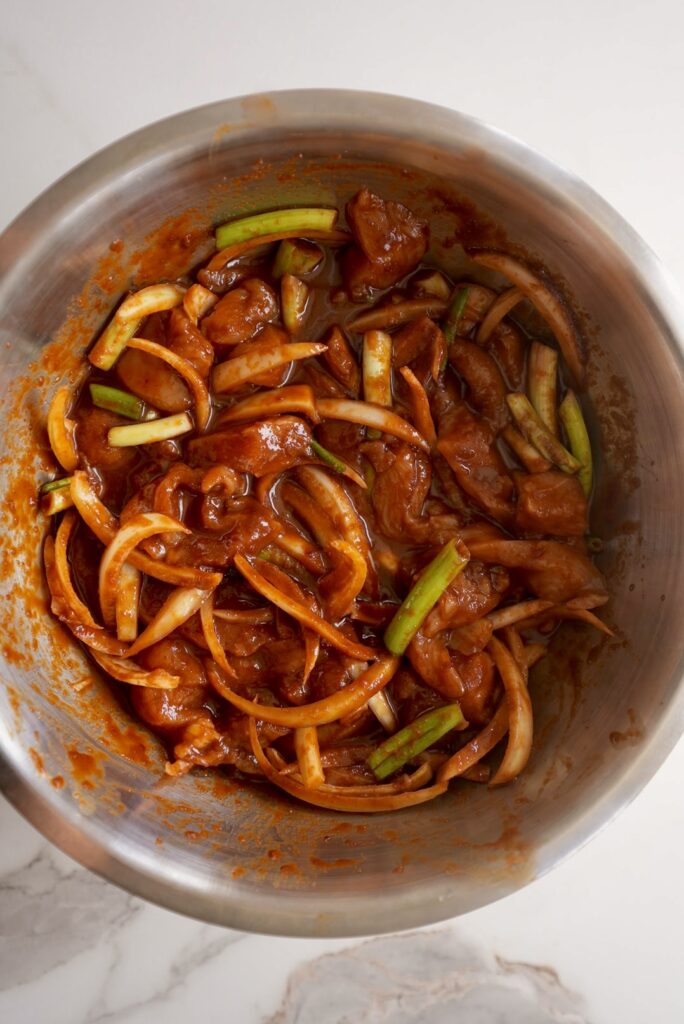
Marinade Ingredients
- Asian pear or apple: Adds natural sweetness and enzymes that help tenderize the chicken.
- Garlic: Brings bold, aromatic flavor that’s essential in Korean marinades.
- Soy sauce: Provides the salty, umami-rich base of the marinade.
- Mirin: A touch of sweetness and acidity to balance the savory elements.
- Brown sugar: Deepens the sweetness and helps caramelize the chicken when cooked.
- Gochujang: Adds heat, depth, and a signature Korean chili flavor.
- Toasted sesame oil: Brings nutty aroma and richness to round out the flavors.
What is Gochujang?
Gochujang adds an incredible depth of flavor with its signature blend of heat, sweetness, and umami. Made from red chili peppers, fermented soybeans, glutinous rice, and salt, gochujang brings a spicy kick. This thick, vibrant red paste has a unique fermentation process that gives it a slight tang and an earthy quality, similar to that of miso or soy sauce but with a touch of sweetness from the glutinous rice.
In Korean cooking, gochujang is a beloved staple, used in everything from stews and marinades to dipping sauces. Its versatility has made it popular in fusion dishes, adding a unique Korean twist and depth to many cuisines.
What Type of Rice to Use
Choosing the right type of rice can be confusing, especially with so many varieties available. From long-grain basmati to aromatic jasmine rice, each type has its own texture and flavor. In Korean cooking, however, Japanese short-grain or medium-grain rice is almost always the go-to choice.
Short-grain rice, often labeled as sushi rice, is particularly prized for its soft and chewy texture. Medium-grain rice is a great alternative if short-grain isn’t available (I actually almost always use medium-grain myself because it’s generally cheaper where I live!). Both are ideal for recipes like this one, where the rice’s stickiness helps meld the flavors into every bite.

Recommended Rice Cookers
Do I need to have a fancy rice cooker to make this meal? This is a question I am asked all the time. The answer is NO!
Just like anything, generally, the higher the quality, the better. But you can make my rice cooker meals in a cheap rice cooker!
Click on the photos of each of the respective the rice cookers to be taken to my rice cooker recommendations! I have the Tiger 5.5 cup rice cooker pictured and linked here. It can make over 10 servings of rice at a time. It also has a 10 cup option available, which makes over 20 servings!
While short-grain or medium-grain rice is the most traditional, you can also experiment with other types of rice.
Key Features to Look For in a Rice Cooker:
- Steaming Basket or Tray: Allows you to steam vegetables or cook other ingredients while the rice cooks.
- Multiple Cooking Functions: Ensure it has settings for steaming, slow cooking, and possibly even baking.
- Non-Stick Inner Pot: Makes cleaning easier and prevents sticking.
- Timer and Keep Warm Function: Useful for planning meals ahead of time and keeping them warm until you’re ready to eat.

Easy Spicy Korean Chicken Bulgogi
- Total Time: 48 minutes
Description
This spicy Korean chicken bulgogi is tender, flavorful, and perfectly balanced with sweet, savory, and smoky heat thanks to a bold, slightly untraditional gochujang marinade.
Ingredients
- 1 lb boneless, skinless chicken thighs or breasts, thinly sliced
- 2 stalks green onions, cut into 2-inch pieces
- 1/2 large onion, thinly sliced
- Optional garnish: Roasted sesame seeds and green onions
- 1/2 Asian pear or apple
- 4 cloves garlic
- 1/4 cup soy sauce or tamari
- 2 tablespoons mirin
- 2 tablespoons brown sugar
- 3 tablespoons gochujang (adjust to desired spice preference)
- 1/2 tablespoon toasted sesame oil
- 2–3 tablespoons water (optional; helps the marinade blend smoothly)
Instructions
- Add all the marinade ingredients to a blender or food processor and blend until smooth.
- In a large bowl, combine the sliced chicken, green onions, and sliced onion with the marinade. Mix well to coat everything evenly.
- Let it marinate for at least 30 minutes (or overnight for deeper flavor).
- Heat a drizzle of oil in a large pan over high heat. Once the pan is hot, add the chicken mixture in a single layer. Let it sear undisturbed for about 4 minutes to allow caramelization.
- Flip the pieces and cook for another 2 minutes, or until the chicken is fully cooked through.
- Garnish with roasted sesame seeds and green onions if desired. Serve hot with steamed rice or wrapped in lettuce leaves.
- Prep Time: 40 minutes
- Cook Time: 8 minutes
Nutrition
- Serving Size: 2

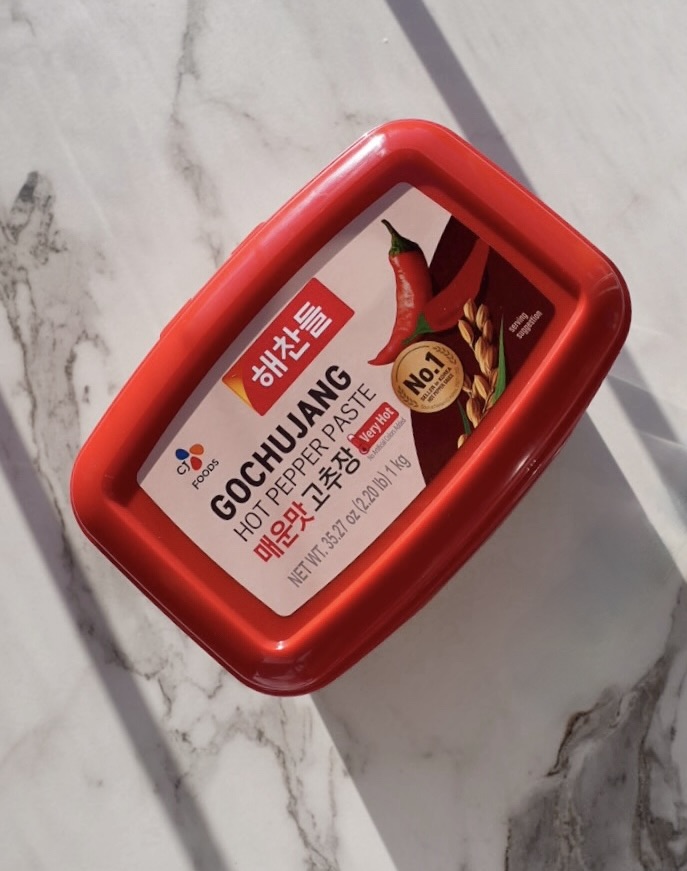
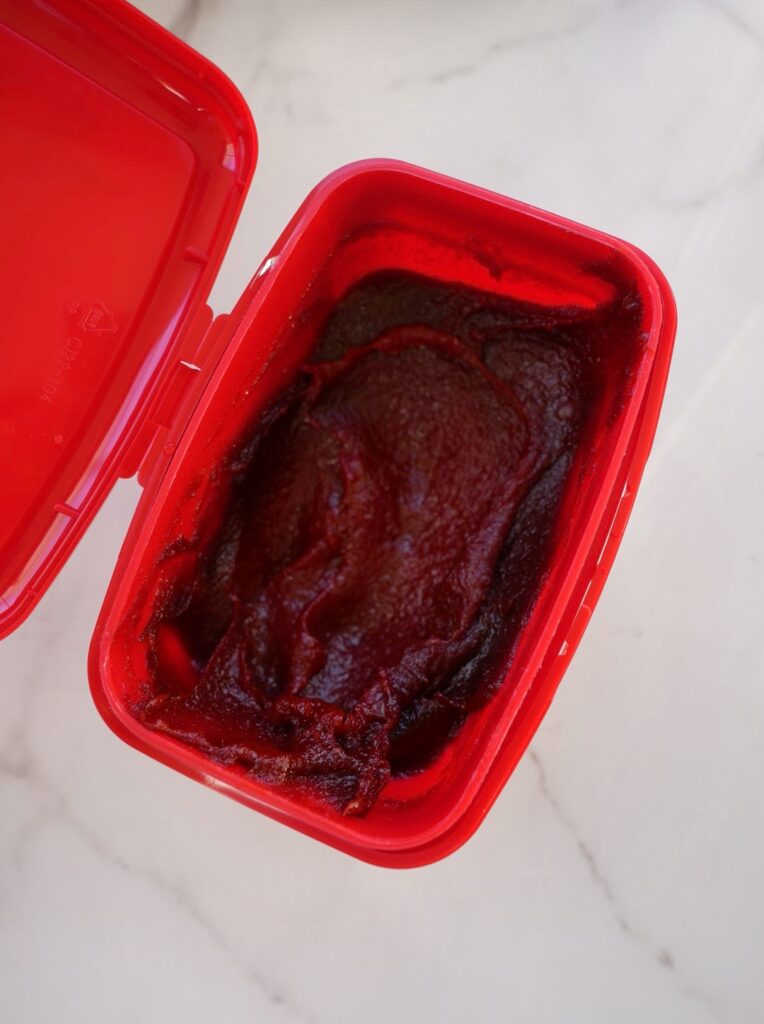
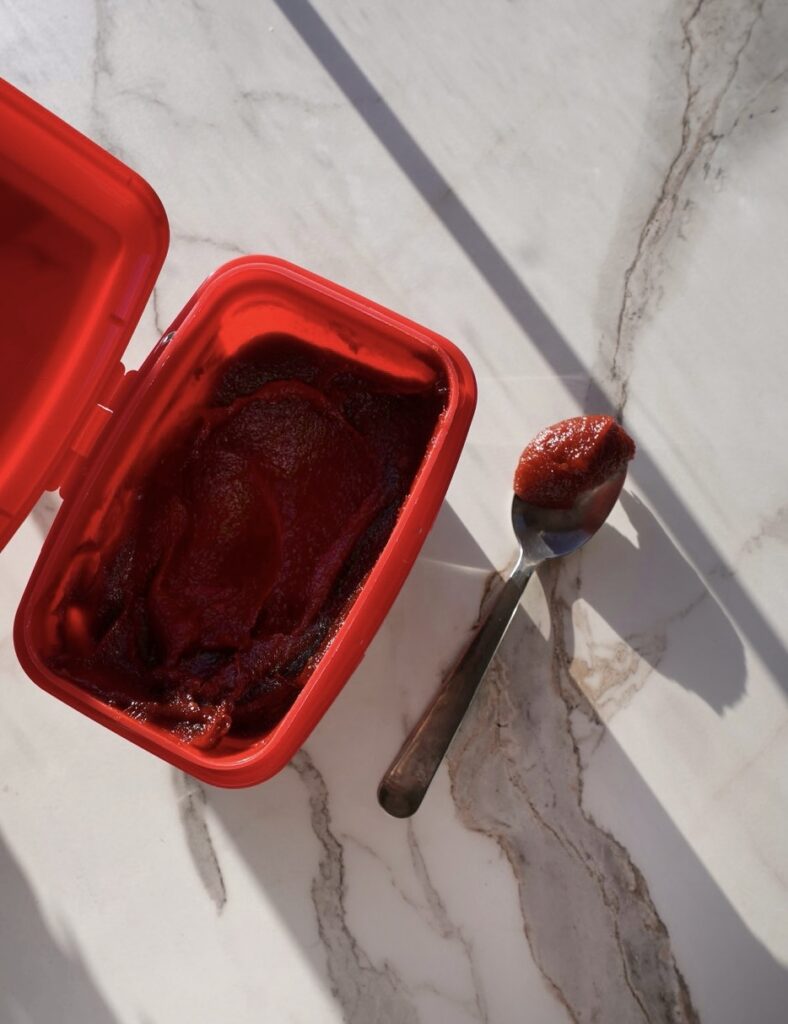



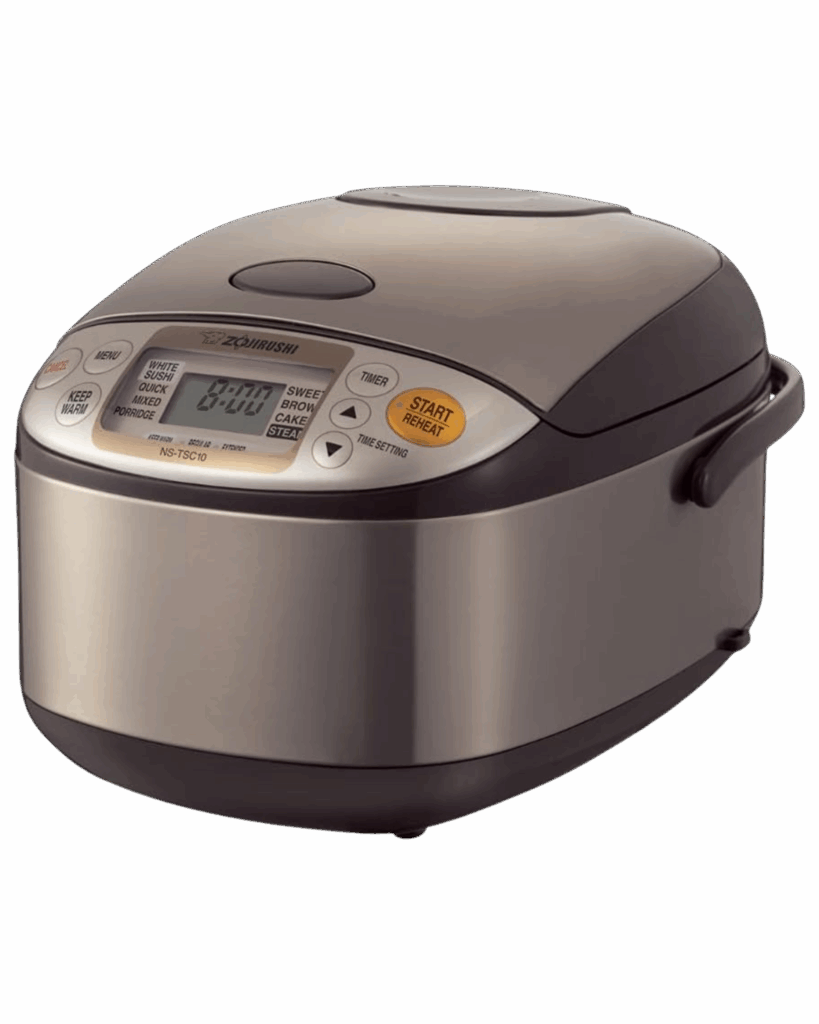



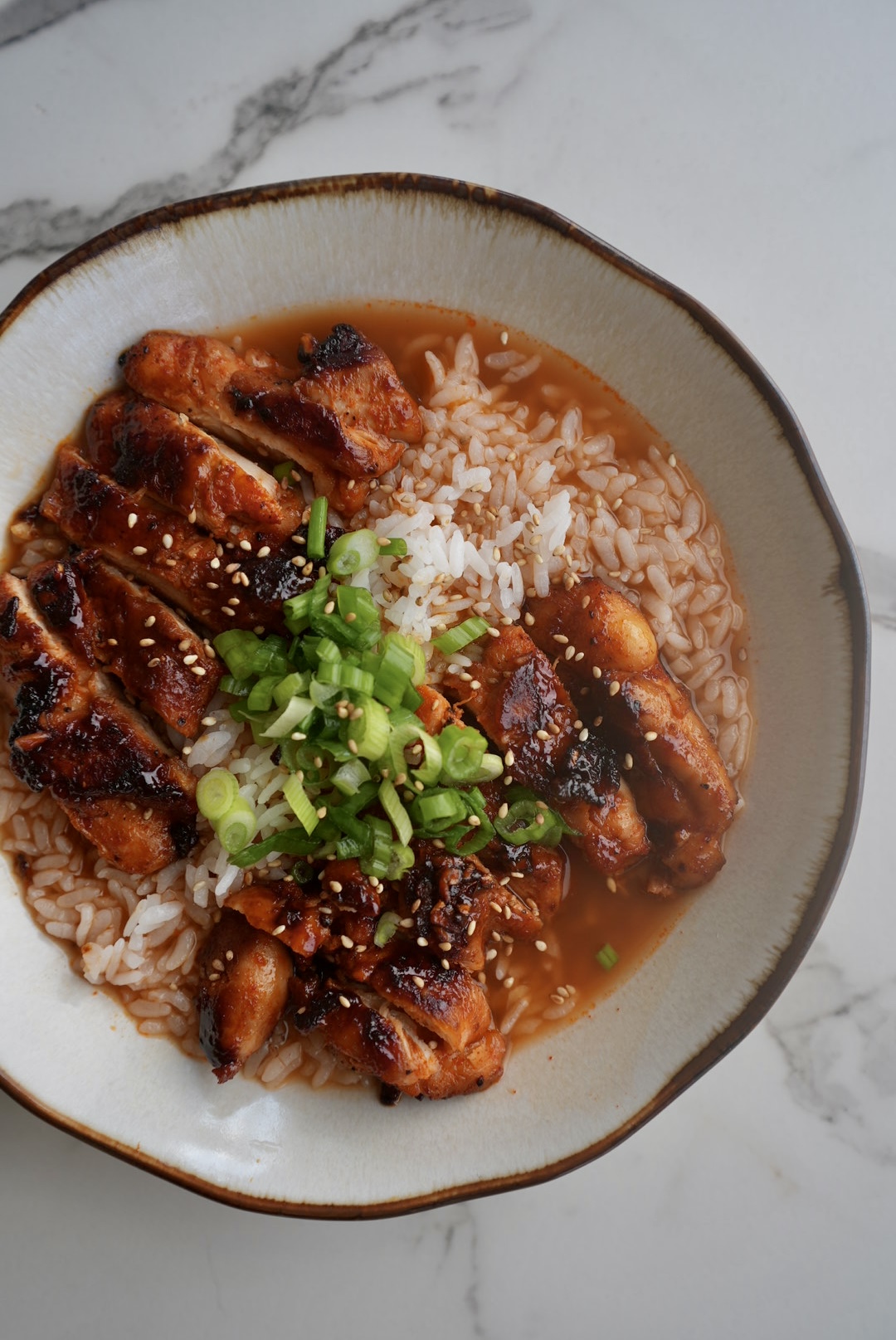
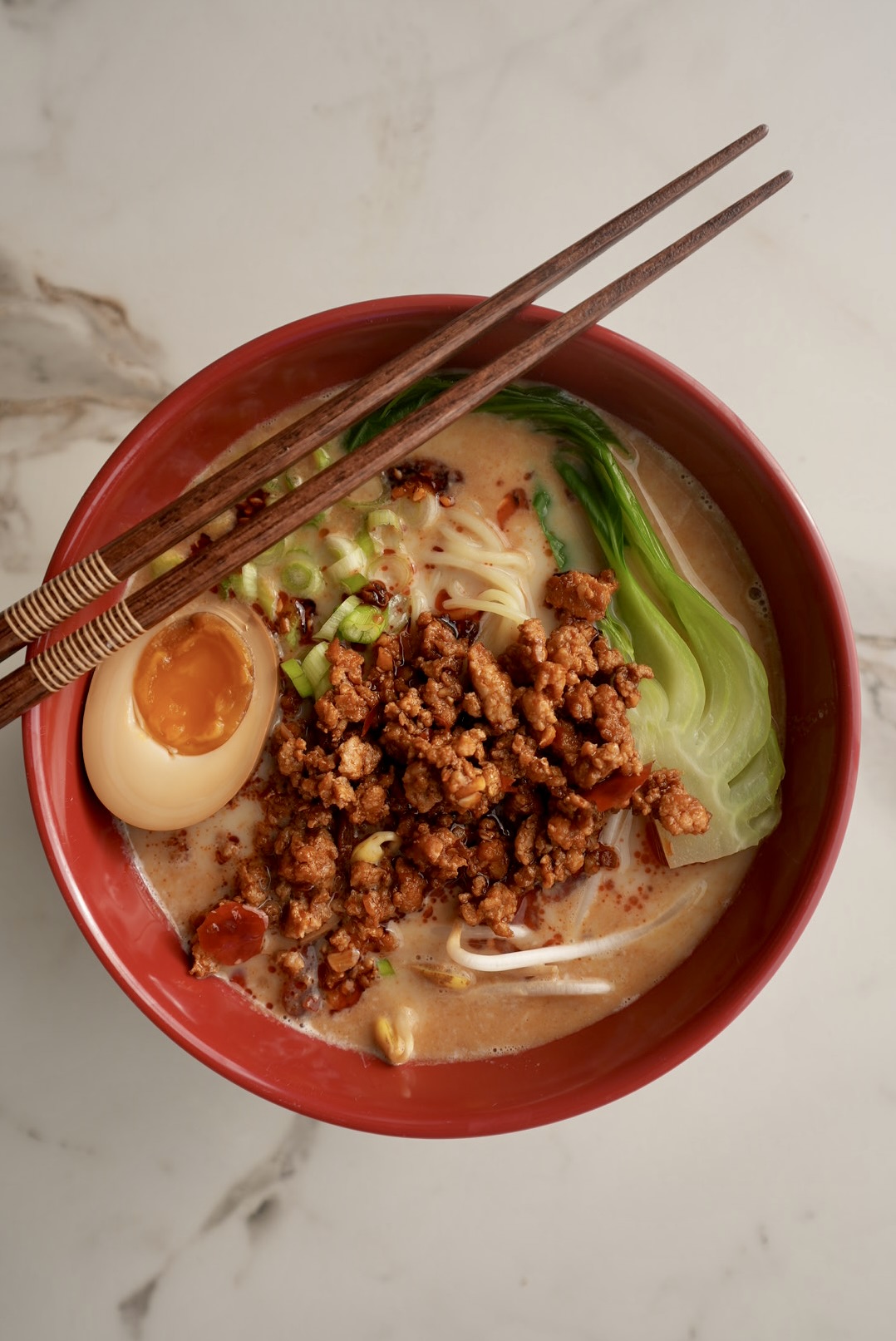
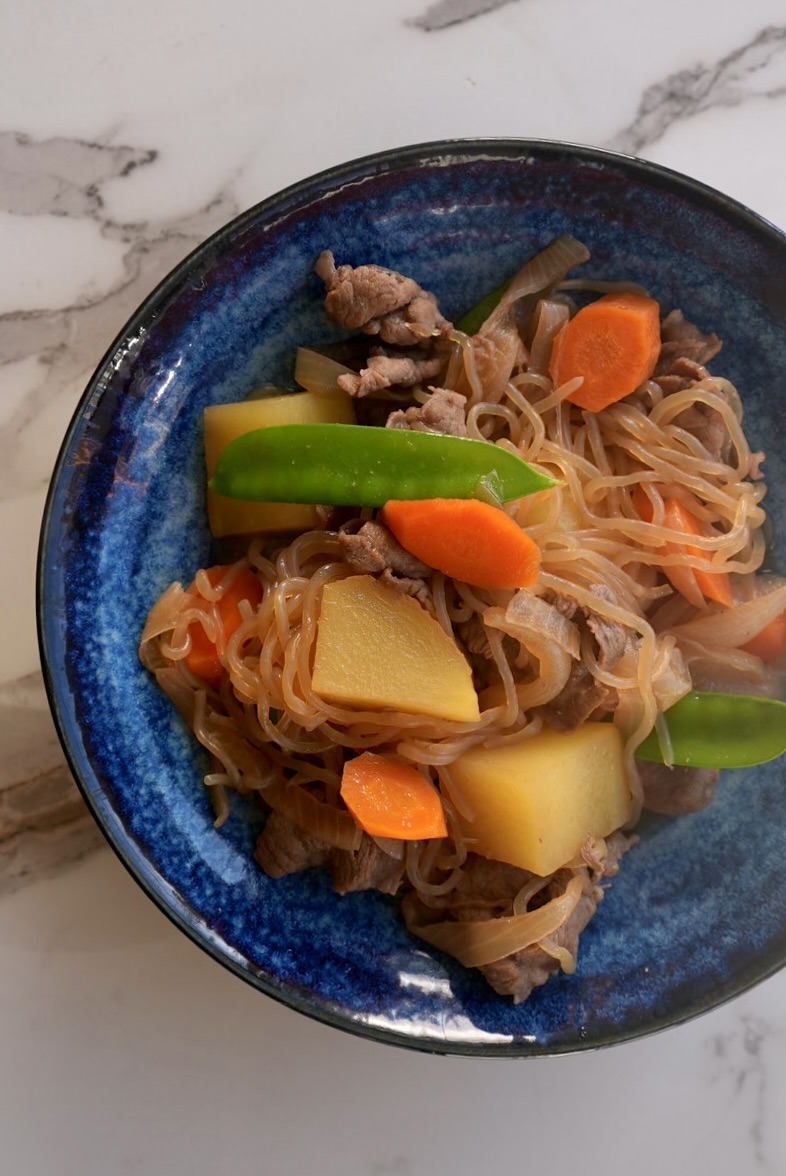
nice…
I love bulgogi! And makes sense chicken would be popular as well for this marinade.
The chicken is great if it’s more accessible for you 🙂 thanks, Boden!
The marinade gave great depth and didn’t need more than 30 minutes.
So great to hear! Thanks Sarah!